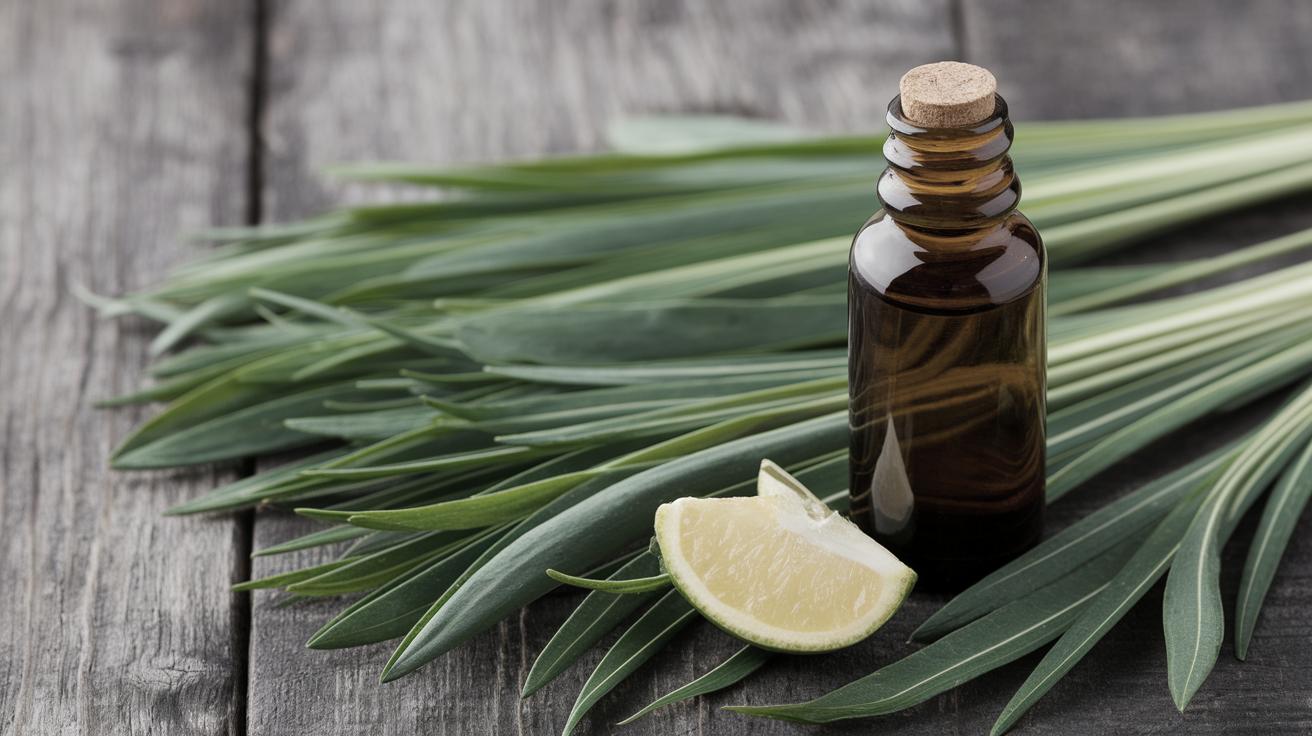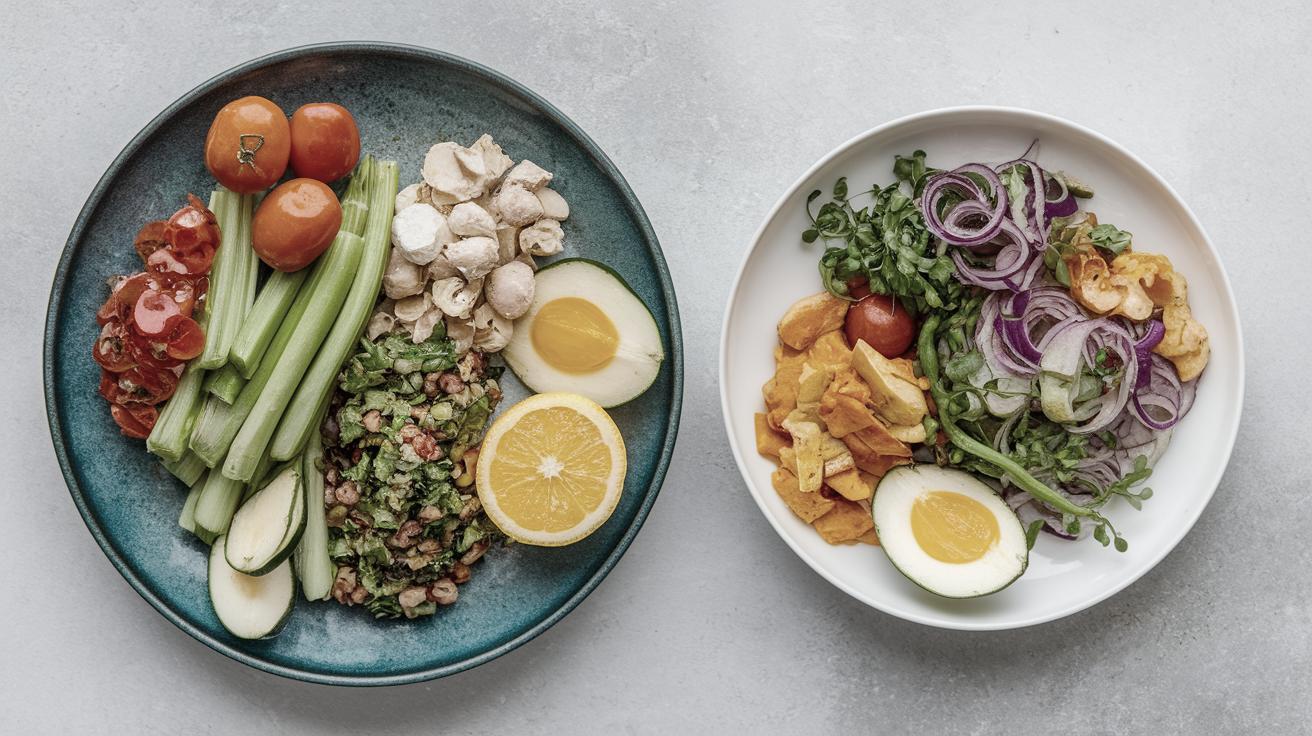The Advantages of Cooking with Essential Oils
Cooking with essential oils is a culinary trend that’s gaining popularity. It’s not just about infusing your dishes with rich flavors and invigorating aromas; it’s about harnessing the potential health benefits these natural compounds offer. From enhancing your immune system to elevating your mood, essential oils can be a powerful addition to your kitchen. This comprehensive guide will explore the best and worst oils for your health, the safety of consuming essential oils, and how to incorporate them into your recipes effectively. Along with providing insights into which essential oils are safe for cooking, you’ll discover alternatives to conventional cooking oils and a selection of mood-boosting oils to tackle everyday challenges.
The Best and Worst Oils for Your Health
Essential oils are derived from plants and have long been used for their therapeutic effects. However, not all oils are created equal when it comes to health. With so many oils available, distinguishing between health-supporting options and those to avoid requires some knowledge.
Coconut oil and olive oil are renowned for their healthy fat content and antioxidant properties. They can help improve heart health and lower cholesterol levels. On the other hand, oils like palm oil and hydrogenated oils are high in trans fats, contributing to various health issues.
While olive and coconut oils are excellent for everyday use, integrating other essential oils in small quantities can enhance both flavor and nutritional value. It’s crucial to conduct thorough research or consult with a medical professional before incorporating unfamiliar oils into your diet.
Are Essential Oils Safe to Consume?
The question of safety is paramount when it comes to using essential oils in cooking. Many oils are highly concentrated and should be used sparingly. Not all essential oils are safe for internal use, and ingesting an unsafe oil can lead to adverse effects.
Certified Pure Therapeutic Grade (CPTG) essential oils are generally deemed safe for consumption. It is advised to only use oils that are specifically labeled as food-grade. Essential oils can cause allergic reactions or irritation, so it’s important to start with minimal amounts and observe how your body reacts.
Consulting a healthcare provider or nutritionist can provide guidance on the safe incorporation of essential oils into your diet to ensure you’re not overstepping the boundaries of safety.
Which Essential Oils Are Generally Considered Safe to Cook With?
Certain essential oils are better suited for culinary use due to their properties and flavor profiles. Thyme, basil, peppermint, and rosemary oils are popular examples, known for their strong flavors and compatibility with a variety of dishes.
Essential oils such as lemon oil or ginger oil can also offer zesty and pungent flavors, enhancing both sweet and savory recipes. However, ensuring they are food-grade is crucial to avoid potential toxicity.
By integrating these oils into your cooking, you can take advantage of their health benefits, such as improving digestion and reducing inflammation, while adding a unique twist to your meals.
Avoid Using These Essential Oils
While many essential oils can have a place in the kitchen, it’s essential to approach some with caution. Oils like camphor, wintergreen, and eucalyptus should generally be avoided in cooking due to their potential toxicity when ingested.
These oils are primarily used for their medicinal benefits in topical applications and are not suitable for culinary use. Always verify the safety guidelines from credible sources before considering an oil for ingestion.
How Do You Cook With Essential Oils?
Cooking with essential oils is about precision and control. Due to their high concentration, a little goes a long way. Most experts recommend only a single drop per dish, often incorporated at the end of the cooking process to preserve the oils’ beneficial properties.
Start with recipes where traditional herbs and spices can be replaced by their essential oil counterparts. Salads, dips, and marinades are perfect for experimenting, allowing the flavors to shine through without the need for high heat, which can alter the oils’ composition.
Blending essential oils with carrier oils or fats like olive oil or butter can also help distribute their intense flavor more evenly throughout the dish.
Summary of Main Points
| Aspect | Details |
|---|---|
| The Best and Worst Oils for Your Health | Olive and coconut oils are healthy; avoid palm and hydrogenated oils. |
| Are Essential Oils Safe to Consume? | Use CPTG, food-grade oils; start with minimal amounts. |
| Which Essential Oils Are Generally Considered Safe to Cook With? | Thyme, basil, peppermint, and rosemary oils are recommended. |
| Avoid Using These Essential Oils | Steer clear of camphor, wintergreen, and eucalyptus oils. |
| How Do You Cook With Essential Oils? | Use sparingly, blend with carrier oils; add at the end of cooking. |
4 Mood-Boosting Essential Oils to Support Everyday Life Challenges
Essential oils such as lavender, bergamot, rose, and ylang-ylang can effectively elevate your mood. Lavender oil, in particular, is lauded for its stress-relieving properties. A single drop in your tea or salad dressing can provide a calming effect that supports mental well-being.
Bergamot oil is known for its refreshing citrusy scent that can reduce anxiety levels and enhance mood. It’s perfect for incorporating into baked goods or drinks for an uplifting aroma that permeates the kitchen.
Rose and ylang-ylang oils are also excellent mood enhancers, believed to reduce symptoms of depression and stress. A careful incorporation into everyday meals not only enlivens flavors but subtly improves emotional health.
Essential Oil Do’s and Dont’s: Aromatherapy Tips for Beginners
As you venture into using essential oils, understanding the basics of aromatherapy is crucial. Always choose high-quality oils, as lower grade ones can contain impurities that affect both flavor and safety.
Avoid direct contact with concentrated oils on the skin without a carrier oil and never heat essential oils to high temperatures, as this can destroy their beneficial components.
Experiment with small quantities initially to observe how flavors integrate and affect the final dish. Keeping these tips in mind ensures a positive experience as you explore the world of essential oils.
7 Healthy Herbs You Should Be Cooking With
Beyond essential oils, incorporating fresh herbs like basil, thyme, oregano, rosemary, cilantro, mint, and sage can elevate dishes with their diverse flavor profiles and health benefits.
Basil pairs beautifully with tomatoes and meats, offering antioxidants and anti-inflammatory properties. Thyme and rosemary add depth to sauces and meats, while mint and cilantro provide a refreshing twist to salads and beverages.
These herbs not only enhance the taste but also boost the nutritional value of meals, with benefits ranging from improved digestion to enhanced cognitive function.
What Are Essential Oils? A Complete Guide on Aromatherapy and Its Potential Health Benefits
Essential oils hold a longstanding place in aromatherapy, the practice of using aromatic plant extracts for therapeutic benefits. These oils are highly concentrated plant extracts that capture the essence of the plant’s fragrance and flavor.
Aromatherapy can encompass various treatments, from enhancing mood to promoting relaxation and alleviating stress and anxiety. The versatility of essential oils allows them to be incorporated into creams, lotions, and even culinary practices.
These oils offer a natural means to support health and mental well-being, although their potency requires careful handling to ensure safe and effective use.
7 Potential Health Benefits of Essential Oils
Essential oils have been associated with numerous health benefits that cater to both physical and mental well-being. For instance, peppermint oil aids digestion and relieves headaches, while lemon oil is known for its detoxifying properties.
Lavender oil helps relieve stress, bergamot boosts mood, and eucalyptus can improve respiratory function. Some oils, like tea tree, have antifungal and antibacterial properties, making them effective for boosting immunity.
Integrating these oils into your routine can offer an array of support, but it’s crucial to do so with consideration to appropriate dosages and applications to maximize their benefits responsibly.
What Are Antioxidants? Health Benefits, Best Sources, Side Effects, and More
Antioxidants are compounds that inhibit oxidation, a chemical reaction that can produce free radicals, thereby preventing cellular damage. They are crucial for maintaining health and preventing chronic conditions.
Common sources include fruits, vegetables, and some essential oils, like clove and cinnamon, recognized for their high antioxidant content. These assist in combating oxidative stress linked to aging and chronic diseases.
While beneficial, it’s essential to balance antioxidant intake, as excessive supplementation can have adverse effects. Emphasizing whole foods and moderate use of high-antioxidant essential oils is recommended.
What Are the Benefits of Lavender? The Must-Know Facts About the Therapeutic Plant
Lavender, a beloved plant in both culinary and therapeutic fields, is revered for its soothing effects on the mind and body. Its essential oil is extensively used for stress relief, promoting sleep, and alleviating anxiety.
In cooking, lavender imparts a delicate floral note to savory and sweet dishes. Incorporate it into baked goods, teas, or salad dressings for a calming aromatic experience.
Lavender’s versatility extends beyond sensory benefits, offering antibacterial and anti-inflammatory properties that support overall health improvement.
Grapefruit 101: A Complete Guide
Grapefruit, a tangy citrus fruit, is appreciated not only for its distinct flavor but also its health benefits, including weight management and immune support. Its essential oil carries these benefits into the culinary space.
Grapefruit oil can invigorate flavor profiles in salads, beverages, and desserts. However, it’s important to note that grapefruit can interact with certain medications, and care should be taken when incorporating it into the diet.
This vibrant fruit and its essential oil form an excellent addition to health-conscious culinary adventures, offering an energetic boost and subtle sweetness.
Garlic Guide: Nutrition Facts, Health Benefits, Cooking With It, and More
Garlic stands out as a culinary staple with its robust flavor and renowned health benefits. Rich in vitamins C and B6, as well as manganese and selenium, it supports the immune system and heart health.
When cooking, garlic can be used fresh or in its essential oil form, adding depth to a variety of dishes from pasta sauces to roasts, while providing powerful anti-inflammatory and antioxidant effects.
Garlic’s multifaceted role in both flavor enhancement and health promotion makes it an indispensable ingredient in any culinary repertoire.
9 Healthy Alternatives to Butter
Replacing butter with healthier alternatives can significantly reduce saturated fat intake and cholesterol, supporting overall well-being. Options like avocado, coconut oil, olive oil, and nut butters offer robust flavors and nutritional benefits.
Each alternative serves unique culinary functions; avocado provides creamy textures, coconut oil brings a subtle sweetness, while nut butters enhance recipes with protein and healthy fats.
Experimenting with these alternatives can open new dimensions in cooking, accommodating dietary restrictions and promoting heart health without sacrificing flavor.


